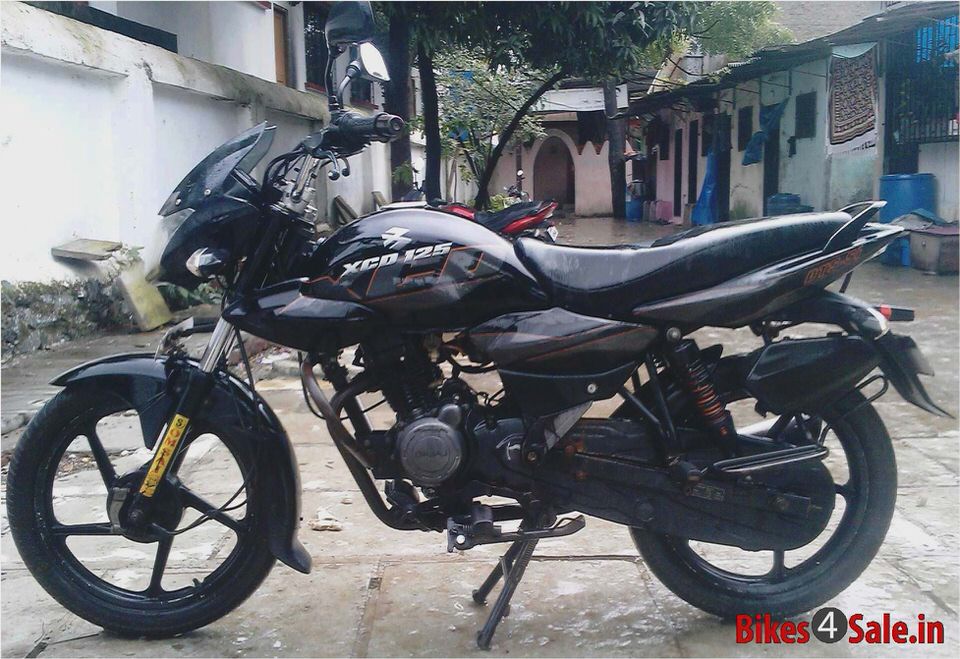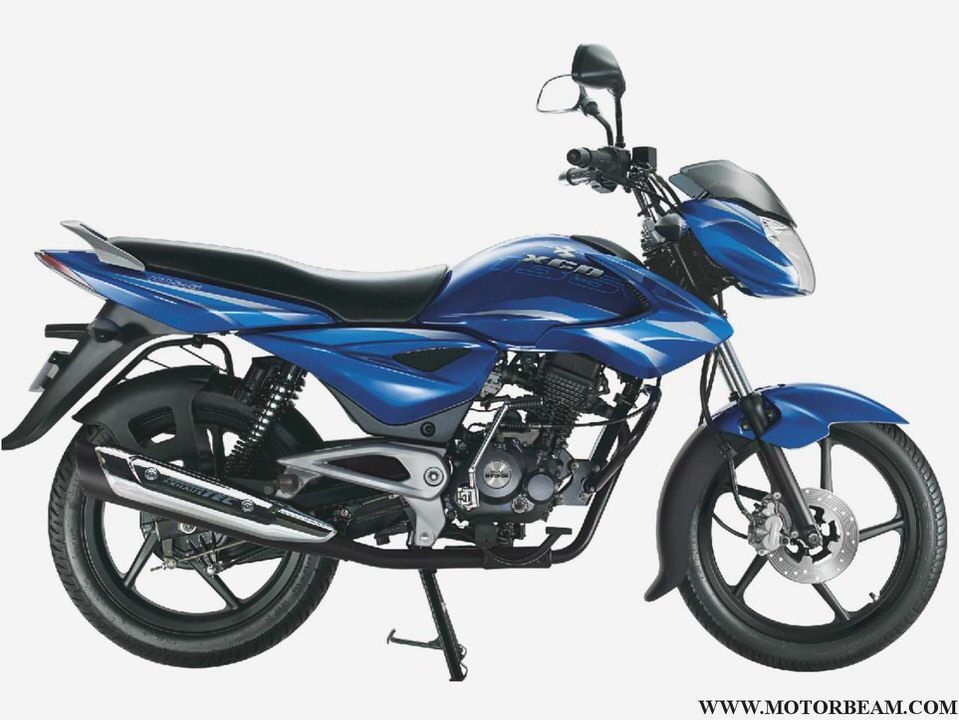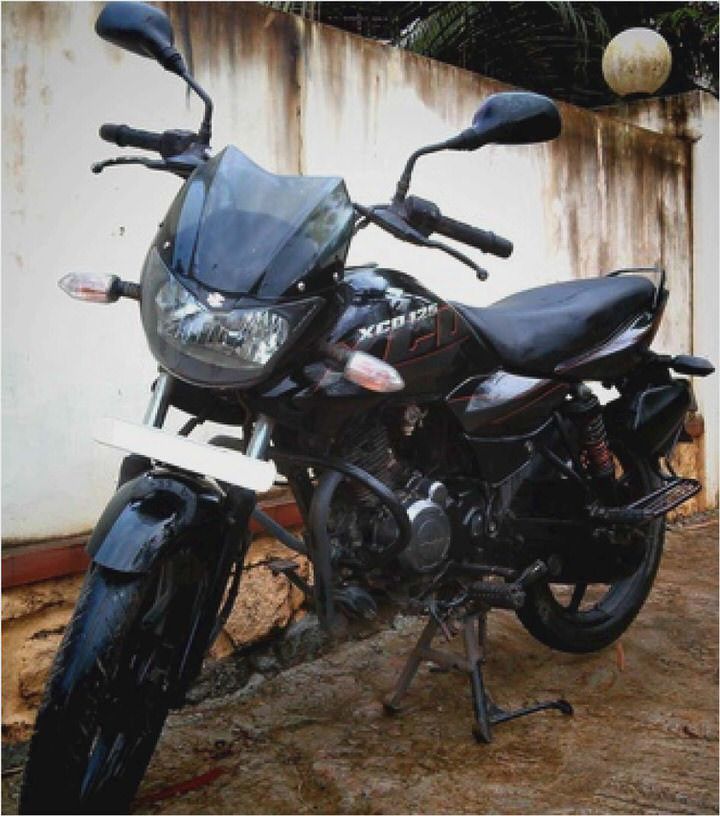
Bajaj Auto unveils revolutionary DTS-Si engine
•All new Technology offers 100cc Mileage and 125cc Performance
•All new engine with ‘swirl induction’ technology
•Technology that will catalyse upgrade of 100cc customers to superior 125cc bike
Pune, 9thAugust 2007: Bajaj Auto, has achieved another breakthrough with the launch of new ‘Digital Twin Spark – Swirl induction’ (DTS-Si) engine. The new 125cc engine with DTS-Si technology will give an amazing mileage of 109 kilometers per liter under ideal test conditions surpassing the mileage of all current 100cc motorcycles. With this breakthrough there is a huge potential and opportunity to upgrade the 100cc customer with a engine which offers the best of both worlds – 100cc mileage and 125cc performance.
Designed and developed completely by ‘**Ahead’, Bajaj Auto’s RD, the technology promises to revolutionalise the industry with India’s most fuel-efficient two-wheeler engine. Bajaj Auto presented the DTS-Si technology at their Corporate Headquarters in Pune today.
Bajaj had first dramatically improved on existing engine technology in 2003 when it launched the DTS-i (Digital Twin Spark-ignition) engine with two Spark plugs located at opposite ends of the combustion chamber (as compared to a single spark plug in conventional 4-stroke engines) to achieve faster and more efficient combustion. The DTS-i technology offered better performance, improved fuel efficiency with lower emissions and helped establish the Bajaj Pulsar and then the Bajaj Discover as leaders in their respective segments.
The DTS-i Engine can be further engineered to deliver either exceptional performance or exceptional mileage. Bajaj Auto worked on the mother DTS-i technology to design the DTS-Si engine to deliver outstanding mileage. The DTS-Si technology gives the highest possible fuel efficiency by introducing ‘Swirl induction’ to the DTS-i engine to create turbulence in order to achieve extremely efficient combustion.
The DTS-Si engine is far superior to the conventional 4-stroke engines, which dominate the 100cc segment at present. With the new DTS-Si engine the consumer now would not have to compromise between power and mileage – he gets the best of both.
Says Mr. Abraham Joseph, Head of RD, Bajaj Auto Ltd. “We realized that at light loads on DTS-i, an opportunity existed to improve the combustion even further. When burning lean Air-Fuel mixtures through the two spark plugs, the combustion conditions could be further improved by generating high turbulence in the combustion chamber. Once the solution was arrived at, the design and geometry modifications followed.”
Bajaj enjoys a market share of 47% percent in the growing and profitable 125 cc and 150 cc segments, as against a smaller share of 24% percent in the declining but larger 100 cc segment. Says Mr. Amit Nandi, General Manager (Marketing), “Bajaj will offer customers a value proposition much superior to the currently overpriced and underperforming 100cc products with the launch of an all new bike with the DTS-Si engine next month. 100cc customers will upgrade to this 125cc bike that gives superior mileage and superior power.”
The first product, which will be powered by this engine, would be launched in September 2007.
BAJAJ 125 DTS-Si: ENGINE Specifications
Type : Four stroke Natural Air-cooled
No. of cylinders : One
Bore : 54 mm
Stroke : 54.4 mm
Engine displacement : 124.58 cc
Compression ratio : 9.5+/- 0.5. 1
Maximum Net Power : 9.53 PS( 7.01 kW) at 7000 rpm
Maximum Net Torque : 10.85 Nm at 5000rpm
Ignition system : Microprocessor controlled Digital CDI, with TRICS incorporated in Carburettor
Ignition Timing : Variable Timing with Multiple maps
Lubrication : Wet sump, forced
Clutch : Wet, mulit disc type.
DTS-Si (DIGITAL TWIN SPARK – SWIRL induction)
Introduction
In a conventional single spark plug equipped combustion chamber, the rate of combustion is slow. The spark plug situated at one end of the combustion chamber, ignites the air-fuel mixture and the ensuing flame front spreads like a slowly inflating balloon. There is an inevitable delay for this inflating balloon to reach the furthest part of the combustion chamber.
Thus, the combustion is slow and inefficient.

Digital Twin Spark ignition (DTS-i system)
The Digital Twin Spark – ignition, equipped combustion chamber takes care of the slow rate of combustion in a simple but novel way. The cylinder head is equipped with two spark plugs, instead of the conventional single spark plug. By generating two sparks at either ends of the combustion chamber, (approximately 90 to the valve axis) the Air-Fuel mixture gets ignited such that, there are 2 flame fronts created and therefore a reduction in flame travel of the order of 40% is achieved.
A fast rate of combustion is achieved leading to a fast rate of pressure rise. The obvious outcome of this is more torque, better fuel efficiency and lower emissions.
Digital Twin Spark – Swirl induction (DTS-Si system)
The Digital Twin Spark – ignition or DTS- i is the mother technology for the latest Digital Twin Spark – Swirl induction or DTS-Si technology.
Thanks to DTS- i, a fast rate of combustion and therefore the resulting fast rate of pressure rise is harnessed, by optimally positioning this pressure, to deliver maximum possible work and hence obtain more torque, better fuel efficiency and lower emissions.
When burning lean Air-Fuel mixtures, the two plugs provide rapid combustion, but at light loads, opportunity exists to improve the combustion further.
Combustion efficiency in lean Air-Fuel mixture conditions can be further improved by generating high turbulence in the combustion chamber.
Combustion chambers having low turbulence give rise to propagation of a flame front, which is akin to that of a gradually expanding balloon. This results in a slower rate of combustion and thus slower rate of pressure rise. End result is lower efficiency.
When high turbulence is generated and combustion takes place, the surface of the ballooning flame front fragments itself, with projection like fingers, which increases its surface area, thereby improving combustion further.
The straight ports used in conventional engines have limitations in generating high swirl values due to their geometry. One of the ways to generate more swirl is to have a port configuration that promotes this phenomena. An offset port configuration was arrived upon and optimised to generate the required swirl numbers.
Incorporated in the new engine, this results in a swirling motion of the incoming charge, which decays itself into turbulence as the piston moves in the Induction and Compression strokes. This results in the Air-Fuel mixture being more thoroughly mixed and spread around the combustion chamber.
Sparks provided by the twin spark plugs ignite this highly turbulent and compressed Air-Fuel mixture, leading to a flame front with high surface area, resulting in a rapid rise of pressure due to rapid combustion. The values of turbulence achieved now, are substantially higher than that of a straight port cylinder head, such as in Pulsar. A combination of DTS-i and Swirl induction thus provides extremely rapid combustion, resulting in high efficiency.
Related Posts:
Article Viewed : 607


- Bajaj Auto to spend Rs 100 cr on advertising in 2000
- Bajaj Pulsar 220F India, Variant, Price, Review, Details
- Torque is Cheap – Bajaj XCD 125 DTS Si
- Bajaj Auto brings in new Discover 135 DTS-i – The Economic Times
- The Chetak Diaries : Part – I, Year 1994 !!! Kishore On Shore !

